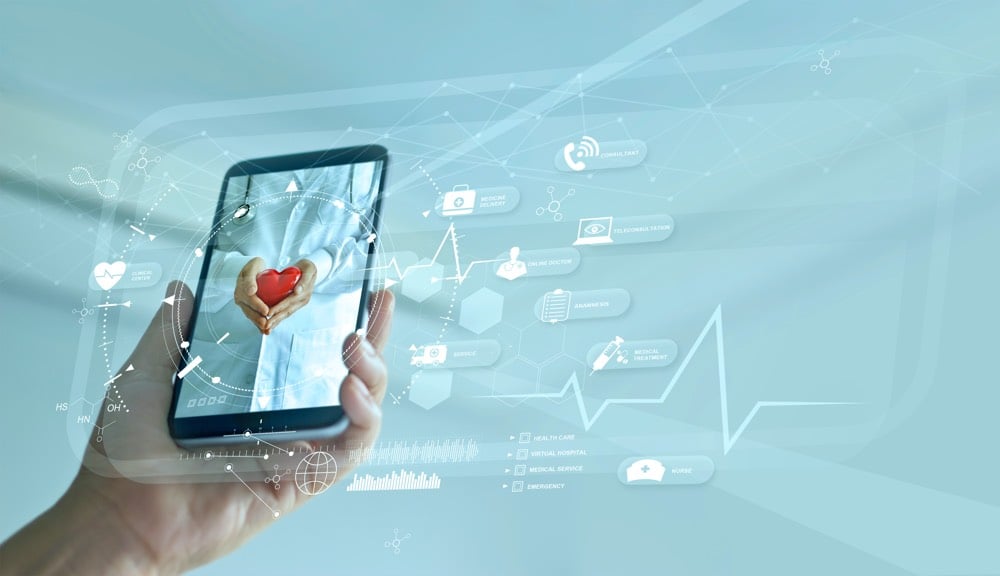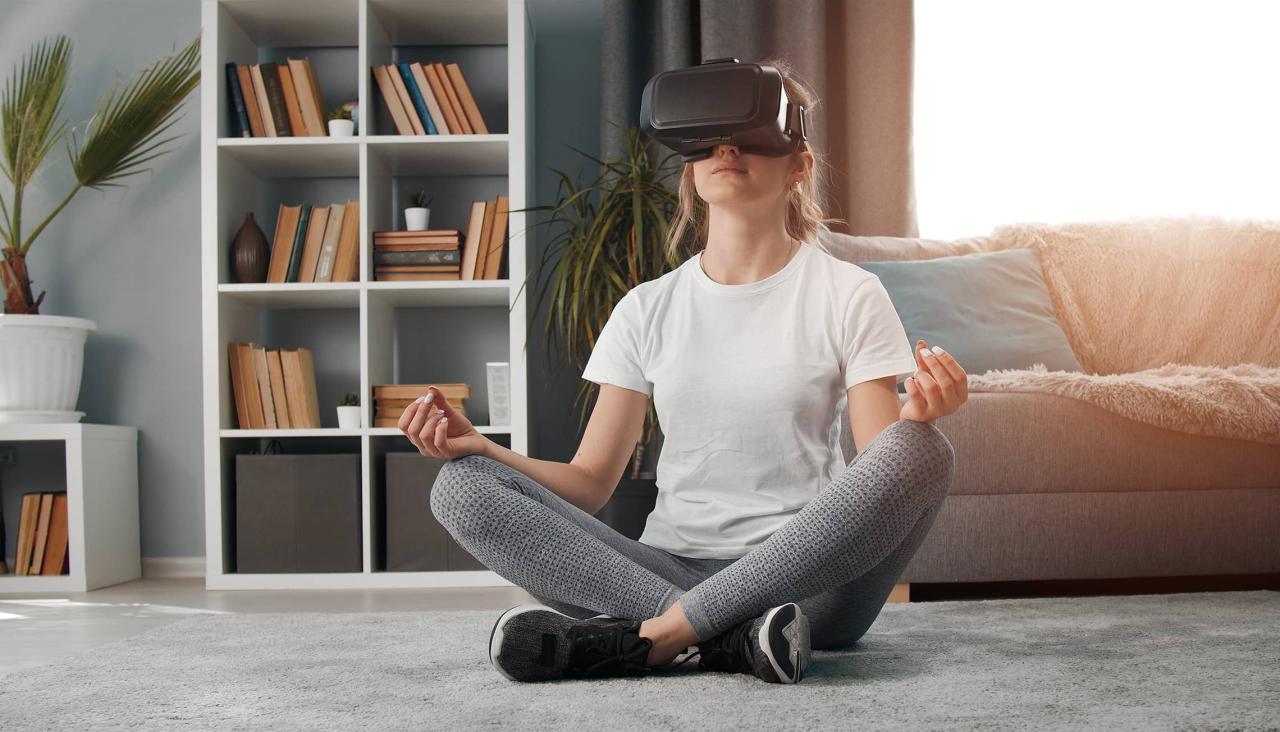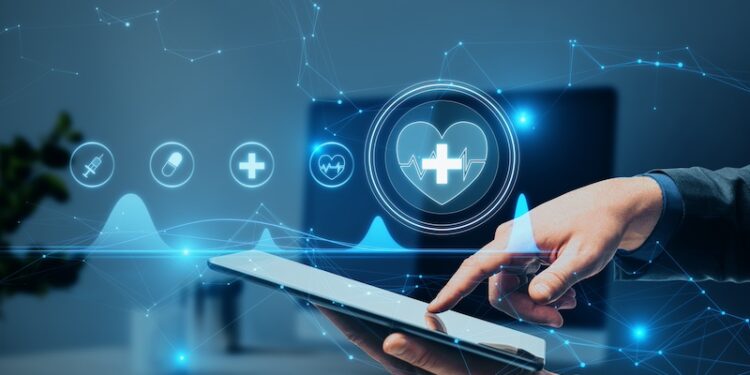In the 21st century, our lives are a seamless tapestry of the physical and the digital. Our smartphones are extensions of our minds, our social media feeds are our windows to the world, and our digital devices are the tools we use to work, connect, and play. This profound integration of technology has brought unprecedented convenience, knowledge, and connection. Yet, it has also come at a cost. The constant pull of notifications, the pressure to be “always on,” and the relentless comparison of our lives to the curated feeds of others have led to a new kind of modern malaise: digital burnout.
Balancing digital life wellness is no longer a luxury; it is a fundamental skill for navigating the modern world. It is a new form of health literacy that is as important as nutrition and exercise. It is a mindset that believes that technology should serve us, not the other way around. This comprehensive guide is a deep dive into the philosophy, methods, and real-world strategies for achieving a healthy and sustainable relationship with technology. We will explore the psychological toll of a hyper-connected world, provide a practical toolkit for digital self-care, and examine the profound societal shifts that are driving a new era of mindful and intentional digital living.
The Cost of a Connected World

The promise of a connected world was one of infinite possibility. But for many, it has become a source of anxiety, stress, and a profound sense of disconnection. The challenge we face is not a lack of technology, but a lack of intentionality in how we use it.
- The Promise vs. The Peril: The digital world offers us a new kind of connection, a way to stay in touch with friends and family, and a way to learn about the world. But it also offers us a new kind of peril: a constant source of distraction, a relentless pressure to perform, and a new kind of social anxiety. The challenge is to be able to navigate this world with a clear sense of purpose, to be able to use the good without being consumed by the bad.
- The Science of Digital Burnout: The constant pull of notifications, the endless scroll of social media, and the pressure to be “always on” have a real and measurable impact on our brains. Studies have shown that this constant stimulation can lead to a decline in our ability to focus, a decrease in our creativity, and an increase in our stress levels. Digital burnout is a real and growing problem, and it is a direct result of a lack of intentionality in how we use our technology.
- The Erosion of Focus: In a world of endless distractions, our ability to focus on a single task for a sustained period of time is becoming a rare and precious skill. The constant switching between apps, the endless stream of notifications, and the pull of social media have a profound impact on our ability to do deep, creative work. The challenge is to be able to reclaim our focus, to be able to be present in the moment, and to be able to do work that is meaningful and purpose-driven.
- The Mental Health Impact: The endless comparison of our lives to the curated feeds of others on social media can have a profound impact on our mental health. It can lead to a sense of anxiety, depression, and a feeling of not being good enough. The challenge is to be able to use social media as a tool for connection and inspiration, not as a source of social anxiety and comparison.
The Four Pillars of Digital Wellness
Achieving a healthy and sustainable relationship with technology is not about a complete digital detox. It is a holistic approach that is built on a foundation of four core pillars that prioritize intentionality, boundaries, and a sense of self-awareness.
A. Mindful Technology Use: The Practice of Intentionality
This is the most important principle of digital wellness. It is the practice of being intentional about how and when we use our technology. This means asking yourself a simple question before you pick up your phone: “Why am I doing this?” Are you using your technology to connect with a friend or to learn something new, or are you just mindlessly scrolling through a social media feed? This practice of intentionality is what allows us to be in control of our technology, rather than our technology being in control of us.
B. The Art of Disconnecting: Creating Boundaries
In a hyper-connected world, the art of disconnecting is a revolutionary act. It is the practice of creating clear boundaries between our physical and digital lives.
- The Digital Detox: This is a short-term, radical approach to digital wellness. It is a period of time, from a weekend to a week, where you completely disconnect from all of your digital devices. This is a powerful way to reset your relationship with technology and to reconnect with your physical life.
- The “Mini” Detox: This is a more sustainable and long-term approach to digital wellness. It is the practice of taking a short, intentional break from your digital devices every day. This could be a half-hour in the morning before you pick up your phone or a half-hour at night before you go to bed.
- The “No-Phone Zone”: This is the practice of creating a no-phone zone in a specific area of your home, such as your bedroom or your dining room. This is a powerful way to create a sanctuary from the digital world, a place where you can be present in the moment and connect with the people you love.
C. Prioritizing Privacy and Security: The Foundation of Peace of Mind
The constant threat of data breaches, identity theft, and malicious attacks can have a profound impact on our mental health. The foundation of digital wellness is a sense of peace of mind, and that can only be achieved with a proactive approach to privacy and security.
- Taking Control of Your Data: This is the practice of being intentional about the data you share, and being aware of the data that is being collected about you. This means using a browser that has a built-in ad blocker and a built-in tracker blocker, and being aware of the privacy settings on every platform you use.
- Securing Your Digital Ecosystem: This is the practice of securing every aspect of your online life, from your password to your home network. It is a mindset that sees every device and every service as a potential vulnerability, and it is a commitment to a proactive approach to cybersecurity.
D. Cultivating Healthy Digital Habits: A Proactive Approach
The key to long-term digital wellness is the cultivation of a new set of healthy habits.
- The “Digital Declutter”: This is the practice of decluttering your digital life, of deleting the apps you don’t use, of unsubscribing from the newsletters you don’t read, and of unfollowing the people on social media who make you feel bad about yourself.
- The “Time-Blocking” Method: This is the practice of using technology in a focused and intentional way. It is a mindset that says that you will only use social media for a specific period of time, and that you will not use it outside of that time.
- The “Mindful Scroll”: This is the practice of being intentional about how we use social media. It is a mindset that says that we will only follow the people who inspire us, and that we will only engage with the content that is meaningful and purpose-driven.
The Ultimate Toolkit for Achieving Balance

Achieving digital wellness is a personal journey, and it requires a new set of tools and a new way of thinking. Here are a few practical strategies to get you started.
A. The Digital Detox and The “Mini” Detox
The digital detox is a powerful way to reset your relationship with technology. It is a short-term, radical approach to digital wellness.
- The Weekend Detox: A simple weekend digital detox can be a powerful way to reconnect with your physical life and to rediscover the joy of a good book, a long walk, or a conversation with a loved one.
- The “Mini” Detox: The “mini” detox is a more sustainable and long-term approach to digital wellness. It is the practice of taking a short, intentional break from your digital devices every day. This could be a half-hour in the morning before you pick up your phone or a half-hour at night before you go to bed.
B. Managing Notifications and Your Digital Environment
The constant pull of notifications is one of the biggest sources of digital stress.
- The “Notification Audit”: This is the practice of doing a notification audit, of going through every app on your phone and turning off the notifications that are not essential.
- The “No-Phone Zone”: This is the practice of creating a no-phone zone in a specific area of your home, such as your bedroom or your dining room. This is a powerful way to create a sanctuary from the digital world, a place where you can be present in the moment and connect with the people you love.
C. The Role of Apps and Technology in Wellness
While technology is often seen as the source of our digital stress, it can also be a powerful tool for wellness.
- Meditation and Mindfulness Apps: A new generation of apps is being created that is designed to help us cultivate a sense of mindfulness and to reduce our stress levels. These apps, which include guided meditations and breathing exercises, are a powerful way to use technology as a tool for a healthier mind.
- Screen Time Management Apps: A new generation of apps is being created that is designed to help us manage our screen time. These apps, which can track our screen time and provide us with a daily report, are a powerful way to be more intentional about how we use our technology.
D. Reimagining Your Social Media Experience
Social media can be a source of both connection and stress. The key is to be intentional about how we use it.
- The “Unfollow” and “Mute” Button: The unfollow button is a powerful tool for taking control of your social media feed. It is a way to curate a feed that is a source of inspiration and connection, not a source of social anxiety and comparison.
- The “Conscious Creator”: This is the practice of being a conscious creator on social media, of sharing content that is authentic, positive, and purpose-driven. It is a mindset that says that we will use social media as a tool to connect with others, not as a tool to seek validation.
E. The Importance of Digital Empathy and Kindness
The digital world is often a place of conflict and negativity. The key to a more positive digital future is a commitment to digital empathy and kindness. It is a mindset that says that we will treat others with the same respect and kindness that we would in the physical world, and that we will use our digital voice to uplift and to connect, not to divide and to tear down.
A New Era of Responsibility
The shift to digital wellness is not just a personal responsibility; it is a collective one. It is a movement that is challenging the old model of technology, and it is a movement that is demanding a new era of responsibility from tech companies, governments, and society as a whole.
- The Responsibility of Tech Companies: The tech companies that design our digital world have a responsibility to design it in a way that is not addictive and that is not harmful to our mental health. They have a responsibility to create a world that is a force for good, not a force for harm.
- The Rise of Human-Centric AI: The future of technology is human-centric. It is a world where technology is designed to enhance our lives, to foster our creativity, and to connect us with others in a more meaningful way. It is a movement that believes that AI can be a powerful tool for digital wellness, a technology that can help us manage our stress, improve our mental health, and reconnect with our humanity.
- The Role of Education and Policy: The shift to digital wellness requires a new era of education and policy. We must all take the time to learn about the risks of the digital world and the tools that we can use to protect ourselves. Governments have a responsibility to create a regulatory framework that can protect us from a wide range of threats, from online harassment to data breaches.
Conclusion
The discipline of digital wellness is at a pivotal moment. The old models of living, based on a separation between our physical and digital selves, are no longer viable. The future of our built environment and our society depends on a new kind of creative thinking—one that is restorative, responsible, and regenerative. Balancing digital life wellness is the blueprint for this new era. It is a powerful fusion of technology and humanity, a commitment to a new way of living that is both more efficient and more meaningful.
This guide has only begun to explore the vast and exciting possibilities. We have seen how a blend of mindful technology use, a commitment to privacy and security, and advanced technologies is creating a new language of living. This transformation is not without its challenges; it requires a new skill set and a new way of thinking. But the opportunity is even greater. The ultimate reward for this shift in our digital philosophy is not just a reduction in our carbon footprint. It is the creation of a world that is more connected, more equitable, and more in tune with the rhythms of our daily lives. It is the creation of spaces that improve our health, enrich our lives, and foster a deeper connection to our communities and our planet. The future of digital wellness is a future that is defined by a new kind of humanity, a humanity that is both technological and profoundly human.



